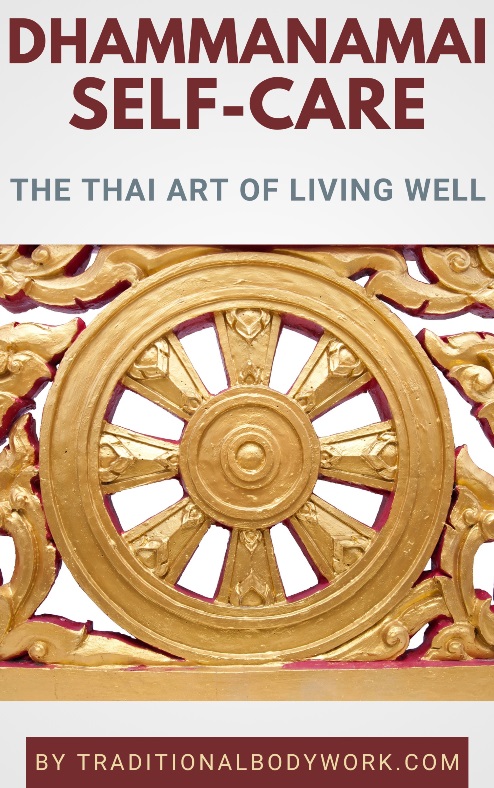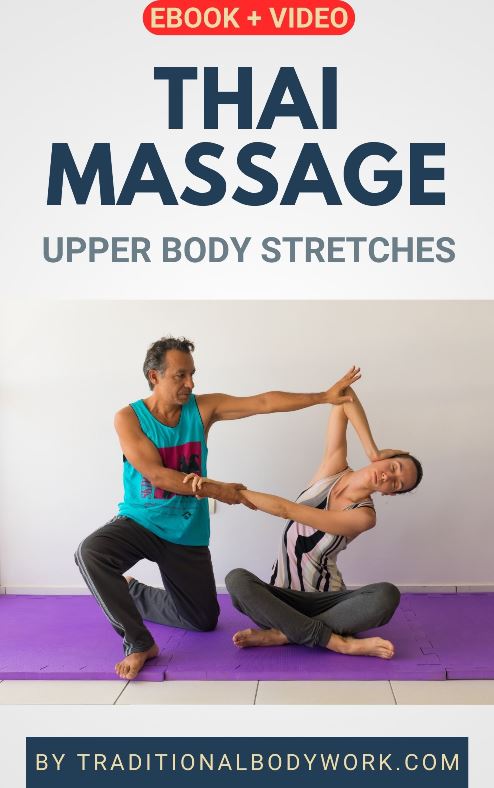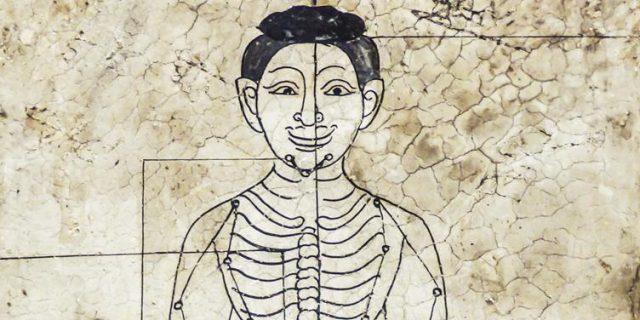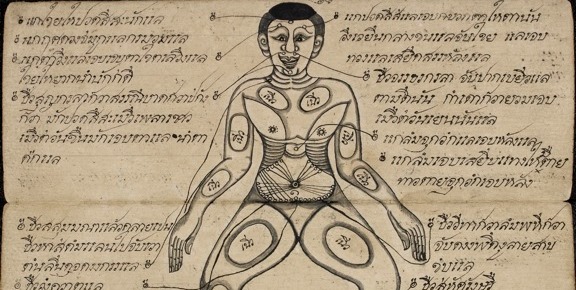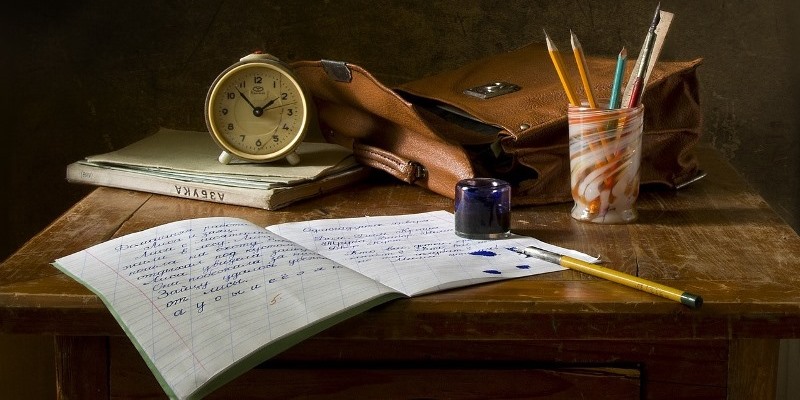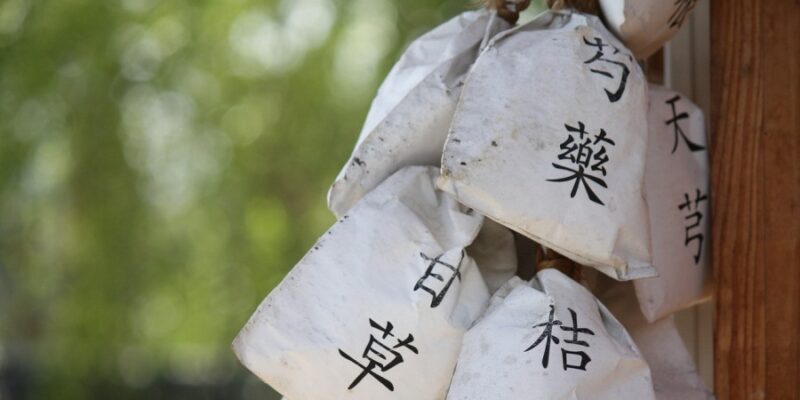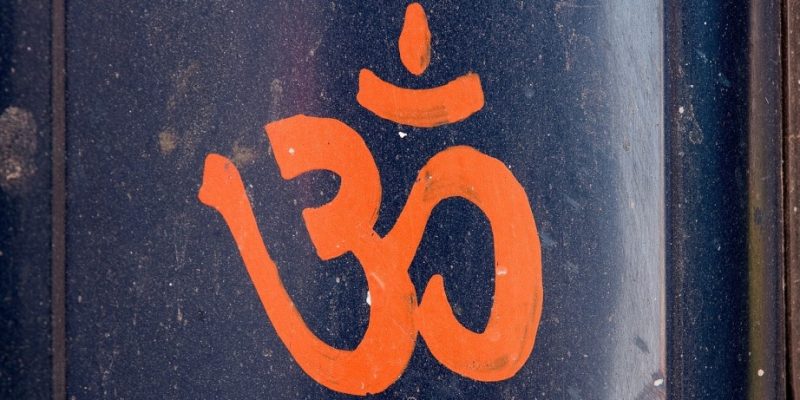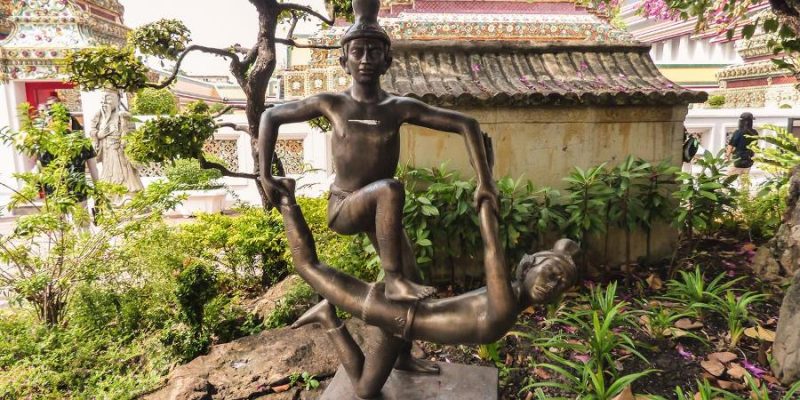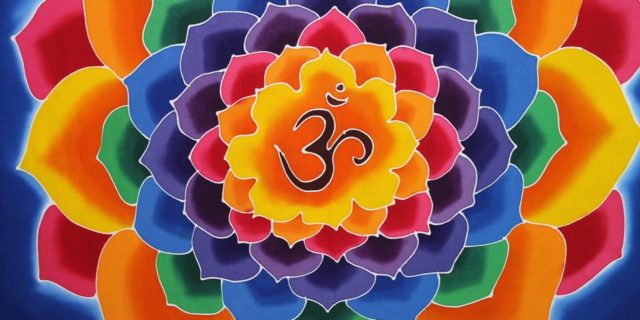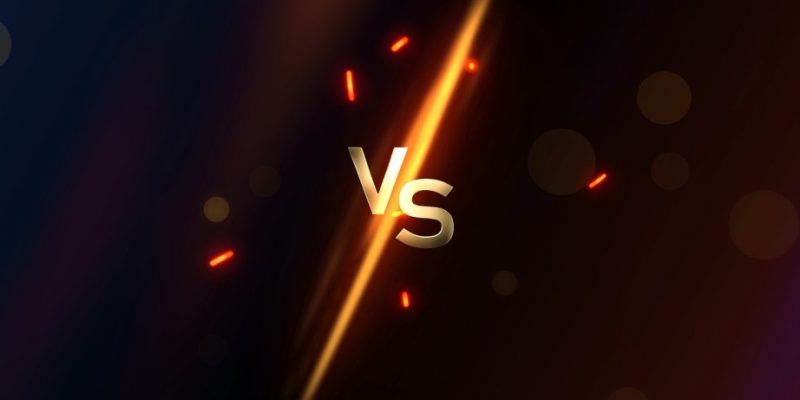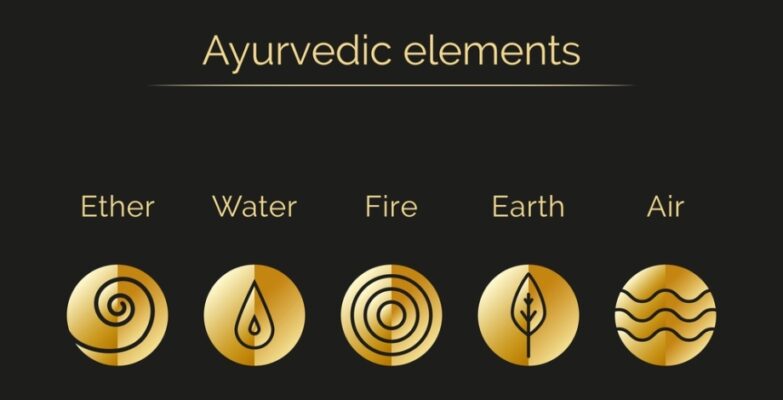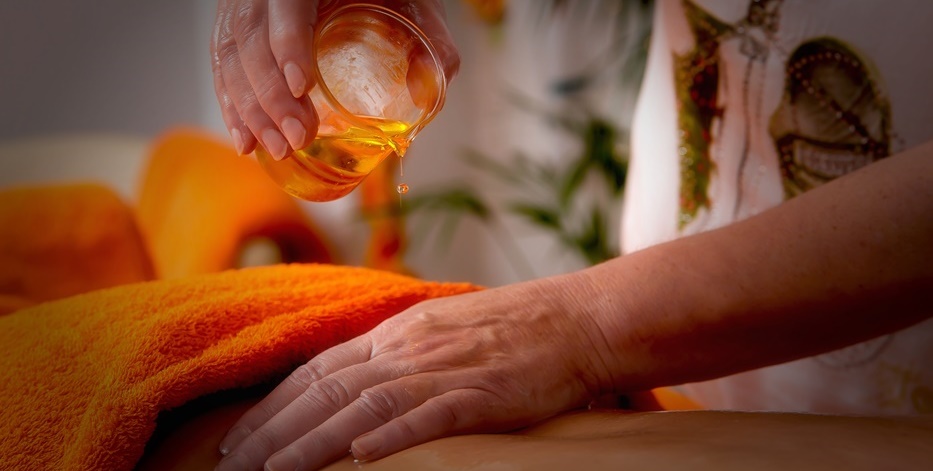
There’s an intimate relationship between Ayurveda (Indian Traditional Medicine) and Thai Traditional Medicine. In fact, the whole of Southeast Asia, including China, has been heavily influenced by Indian culture, philosophy, religion, and healing arts, a process that started around the 3rd or 2nd century BCE, notably intensified by the spreading of Buddhism.
Subsequently, the Indian traditional healing and medical practices, including Yoga and meditation practices, became very much integrated with local indigenous healing methods in Southeast Asian countries, continually fed by Buddhist influences, philosophy and practices.

Buddhism, statues and sculptures, paintings, and temples in Thailand, Cambodia, Tibet, Myanmar, Laos, Indonesia, and Vietnam, to take some examples, are the tangible evidences, but likewise in Thai Massage we can see that the names of the Sib Sen Energy Lines (Vital Life Force Channels) and the concept of Lom Pran Life Energy are heavily influenced by Indian Yogic i.e. Vedic origins.
For instance, the first three Thai Sib Sen Energy Lines named Sumana, Ittha, and Pingkhala are linguistically very close to the most important Indian Prana lines named Sushumna Nadi, Ida Nadi and Pingala Nadi. Moreover, these three primary Sen Lines follow a pathway in the body quite comparable to the corresponding Indian Nadis. Additionally, the total number of Sen Lines is said to be 72,000, just like the number of Yoga Nadis.
Likewise, the Thai Lom Pran or “Wind of Life” is derived from the Indian concept of Prana, meaning “breath” or “vital principle,” commonly translated as Life Energy or Life Force.
Interesting enough is the fact that Jivaka Komarabhacca (Jivaka Kumar Baccha, Dr. Shivago or Shivago Komarpaj, among other names), a saintly Ayurvedic physician, is honored as the “Father Doctor of Thai Traditional Medicine.” As it is, the Thai attribute the disclosure of the Sen Energy Lines (the foundation of Thai Massage) and many herbal medicine recipes to Dr. Jivaka.

Another significant influence of Indian thought on Thai Massage is the idea of the Indian Pancha Kosha “layer-philosophy,” notably the Prana Maya-Kosha layer which is said to be the bio-energetic, pranic, energy or breath layer, the subtle body where we find the Sen Sib Energy Lines or Life Energy Channels.
The idea of the existence of energetic Prana points in the body, the so-called Marma Points in Ayurvedic Medicine, was adopted in Yoga practices and incorporated as the notion that these vital points can be found along the Yoga Nadis. This idea we can find back in relation to the Sen Energy Lines, that is, the Thai believe that there are a great number of acupressure points along the Sen Lines, which — when manipulated — can influence the distribution of Prana through the lines, and as such through the body.
The use of herbal compresses in Thai Massage is believed to have originated from India, notably through adoption of Ayurvedic practices — Kizhi Bolus Therapy, Pinda Sweda Massage, and/or Potli Massage — at the time Buddhism was spreading and establishing itself throughout Asia.
The three Doshas are known in Traditional Thai Medicine, but under other names, that is, di (ดี), lom (ลม), and salet (เศลษม์) respectively representing bile (the Sanskrit translation would be Pitta), wind (i.e. Lom Pran and blood, and the Sanskrit translation would be Vata) and phlegm (mucus, of which the Sanskrit translation would be Kapha).
Nevertheless, although recognized in Traditional Thai Medicine and sometimes taken into account, the Doshas are much less practically used compared to Ayurvedic Medicine. Moreover, Traditional Thai Medicine and Thai Massage rather directly diagnose and address imbalances in the Thai Four Elements.
Still, we should realize that Thai Traditional Medicine had its own development, has its own merits and concepts, and contemporary efforts to go “back to the roots,” both on the training and treatment level, don’t do justice to the very unique and local Thai approach of healing. Thai Massage is a Thai heritage and art of its own and focusing on Indian Vedantic, Vedic, Yogic, or Ayurvedic influences is perhaps historically correct and interesting, but it can be a distraction in understanding what Thai Massage today really stands for.
Actually, we see the same happening with Traditional Chinese Medicine (TCM) concepts brought back in focus and into the spotlight with regard to Thai Massage. Here also, there are traces and techniques of TCM to be found in Thai Traditional Medicine. Yet, personally I think that it only confuses and blurs the practice when we try to explain or “re-juice” contemporary Thai Massage from out TCM or Ayurvedic concepts.

Sometimes one gets the feeling that practitioners and trainers “grab back” to TCM or Ayurveda to “upscale” or even “legitimize” their work with Thai Traditional Medicine or more in particular, with Thai Massage. It’s true that TCM and Ayurveda are much better described, researched on, accepted and known than the perhaps little bit fuzzy, blurry, and sometimes incomprehensible aspects of Traditional Thai Medicine. But still, that should be no reason to overemphasize those systems, even if they have influenced the Thai Healing Arts.
Nevertheless, the West, with its continuous efforts to upgrade, integrate, renew, reinvent and hybridize, has created a number of new Thai “integrated” modalities and Ayurvedic blends such as Vedic Thai Yoga, Thai Vedic Massage, Ayurthai, Thai Yoga, Thai Ayurveda, and Thai Vedic Bodywork, to name some.
But this development is not exclusively Western. Even in India and in Thailand there are schools and teachers emphasizing the Ayurvedic roots of Thai Massage giving it more focus than deserved, and in my opinion, doing this because of commercial motives.
Not that these contemporary Thai Massage hybrids have little value or no merits of their own — although that’s perhaps not for me to decide but for researchers, clients, and future generations — but it must be clear that they are not “more authentic,” “more rooted,” or “more pure” Thai Massage modalities, but simply new directions taken.



